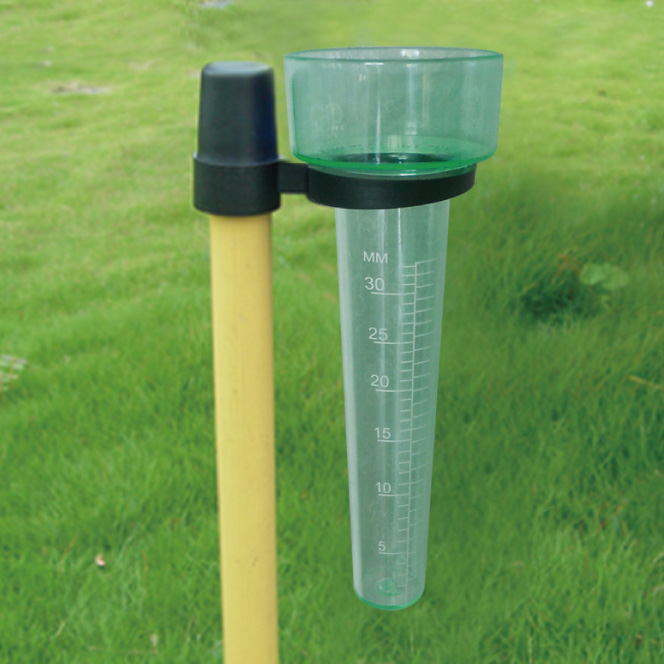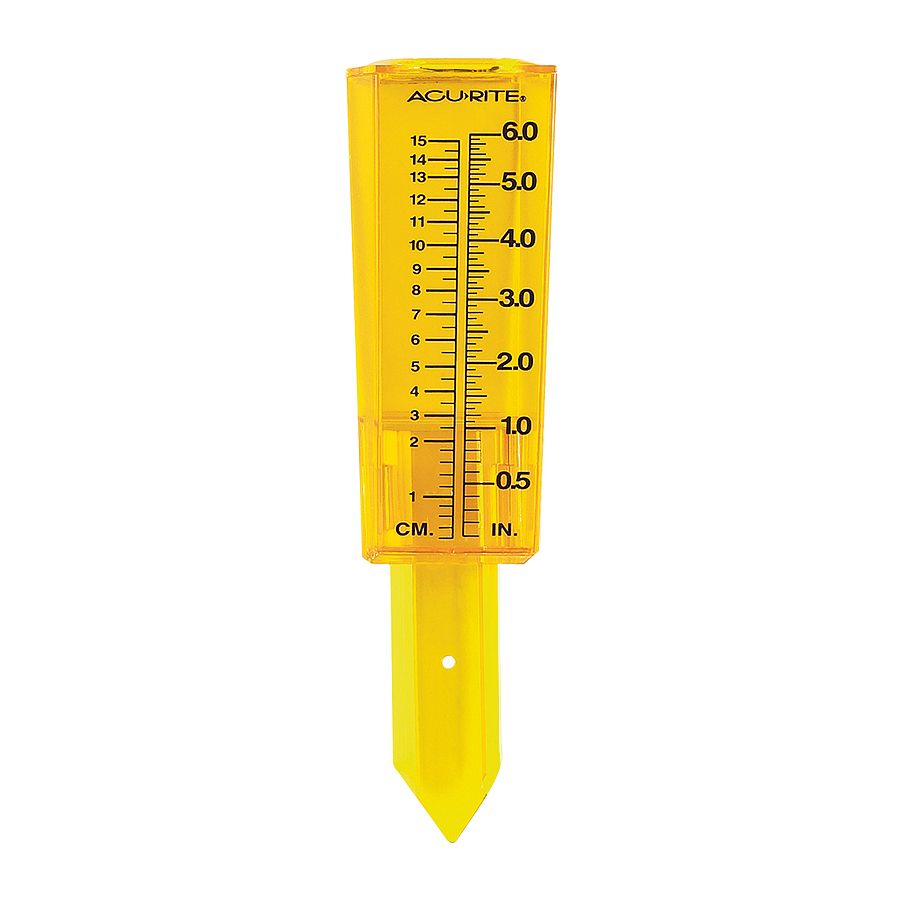The Rain Gauge: A Comprehensive Guide to Accurate Weather Dimension
The Rain Gauge: A Comprehensive Guide to Accurate Weather Dimension
Blog Article
Just How to Pick the Right Rain Gauge for Accurate Rain Information
Exact rainfall data is essential for different markets and activities, such as farming, meteorology, and water source management. To obtain dependable dimensions, it is necessary to choose the ideal rainfall gauge. This guide intends to give important understandings into the selection process, permitting you to make informed choices. Considering aspects such as area, type, and precision of the rainfall scale will assist ensure precise information collection. Additionally, understanding the maintenance and calibration procedures will add to the longevity and reliability of your rain scale. By adhering to these guidelines, you can guarantee precise rains information, enabling better decision-making and planning for different applications.
Significance of Choosing the Right Rainfall Gauge
The significance of picking the best rain scale exists in getting reputable and accurate rains information for precise meteorological analysis. Rainfall information is vital for a wide variety of applications, including weather forecasting, hydrological modeling, and climate study. Imprecise or undependable information can lead to incorrect final thoughts and flawed decision-making processes.

Second of all, the precision and precision of the rain gauge are critical. The scale needs to be able to measure rains with high precision, recording even small amounts of precipitation precisely.
Additionally, the place and installation of the rain gauge are critical factors to consider. It ought to be placed in an open area, far from blockages that can affect rainfall dimensions. The scale needs to be positioned at an ideal height and angle to stay clear of spilling and guarantee appropriate catchment of rainwater.
Aspects to Think About When Choosing a Rainfall Scale
When choosing a rainfall scale, there are a number of essential factors to take into consideration. There are different types offered, consisting of common rainfall evaluates, tipping bucket rain evaluates, and weighing rainfall assesses.
Another factor to take into consideration is the product of the rain gauge. Rain evaluates can be made of numerous products, such as plastic, glass, or metal. The material chosen need to be durable and immune to weather, making sure that the rainfall scale will certainly withstand the components and supply precise measurements gradually.
Accuracy is also an essential aspect to think about. Look for rain determines that have actually been calibrated and examined for accuracy. Functions such as anti-splash rings and funnels can likewise improve the precision of the measurements.

Finally, consider the environment and environment in which the rainfall scale will be used. Different rain gauges appropriate for different environments, so it is necessary to select one that is appropriate for the conditions in your location.
Different Kinds of Rainfall Assesses Available
To better explore the variables to think about when choosing a rainfall gauge, it is important to comprehend the different kinds of rainfall evaluates readily available. The most common kind is the conventional rain gauge, likewise recognized as the cylindrical rain scale.
Another sort of rainfall gauge is the tipping container rainfall scale. This scale utilizes a seesaw-like mechanism to collect and gauge rainfall. As the rain falls under the gauge, it fills one side of the bucket, triggering it to tip and empty the water. The number of suggestions is counted digitally to identify the quantity of rainfall. Tipping bucket rain assesses are preferred for their accuracy and capacity to determine rainfall intensity.
A 3rd sort of rainfall scale is the considering rainfall gauge. This gauge utilizes an equilibrium system to measure the weight of the accumulated rainfall. As the rain falls under the scale, it is accumulated my company in a container attached to a balance. The weight of the water is measured, and the rainfall amount is computed based upon the weight. Considering rain determines are highly exact however can be extra pricey and require regular upkeep.
Lastly, there are also remote rainfall determines that use advanced innovation to measure rainfall (The Rain Gauge). These gauges use sensors and transmitters to send information wirelessly to a central system. Remote rainfall gauges are convenient for keeping an eye on rains in hard-to-reach locations or for large-scale information collection
Exactly How to Establish the Precision of a Rainfall Scale
One method to assess the precision of a rain scale is by conducting regular calibration measurements. Calibration includes contrasting the analyses of a rainfall scale to a basic measurement, such as a certified rain scale or a climate terminal with high accuracy. By comparing the dimensions, any discrepancies or inaccuracies in the rainfall gauge can be determined and made up.
To perform a calibration measurement, start by collecting rainfall data from both the rain gauge and the typical measurement gadget over a particular period, such as a month. Then, contrast the readings and calculate the difference in between them. This difference is recognized as the calibration error.
It is necessary to keep in mind that calibration dimensions need to be executed frequently, as environmental variables, such as wind, temperature level, and particles, can affect the accuracy of the rainfall gauge gradually. By carrying out normal calibrations, any kind of changes in the precision of the rain scale can be spotted and modifications can be made appropriately.
Along with calibration, it is additionally recommended to clean and maintain the rain gauge regularly to ensure its accuracy. Eliminate any kind of particles or blockages that may influence the accuracy of the dimensions, and examine for any kind of indications of damages or wear that might require repairs or substitute.
Tips for Keeping and Calibrating Your Rain Scale
Routine maintenance and calibration are vital for making sure the accuracy and integrity of your rain gauge in gauging rains data (The Rain Gauge). By adhering to a few basic suggestions, you can make certain that your rainfall gauge is correctly maintained and calibrated
To start with, it is very important to clean your rainfall scale on a regular basis to stop any particles or dirt from obstructing the rainfall collection device. Use a soft brush and a light cleaning agent to carefully clean the within and outside of the scale. Rinse it thoroughly with tidy water and enable it to dry totally before re-installing it.
Second of all, it is suggested to adjust your rain gauge at the very least yearly. Calibration involves contrasting the dimensions of your rainfall scale with those of a relied on and accurate recommendation gauge. This will certainly assist you recognize and correct Recommended Site any type of possible mistakes in your rain scale's dimensions.
To calibrate your rain scale, gather a well-known volume of water making use of a measuring container and compare it with the measurements taped by your rainfall gauge. Readjust the readings appropriately to ensure accuracy.

Final Thought
In verdict, choosing the best rain gauge is essential for acquiring accurate rainfall data. Elements such as objective, area, and budget plan need to be considered when selecting a rain scale.
There are various kinds offered, including typical rainfall evaluates, tipping bucket rainfall assesses, and weighing rainfall evaluates.To better discover the elements to consider when choosing a rainfall scale, it is important to understand the various a fantastic read kinds of rainfall gauges readily available. The most common type is the typical rain scale, additionally known as the round rainfall gauge.One more kind of rainfall scale is the tipping pail rainfall scale. Calibration entails comparing the analyses of a rain scale to a conventional dimension, such as a qualified rain scale or a weather station with high accuracy.
Report this page